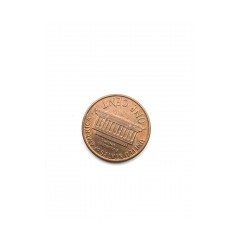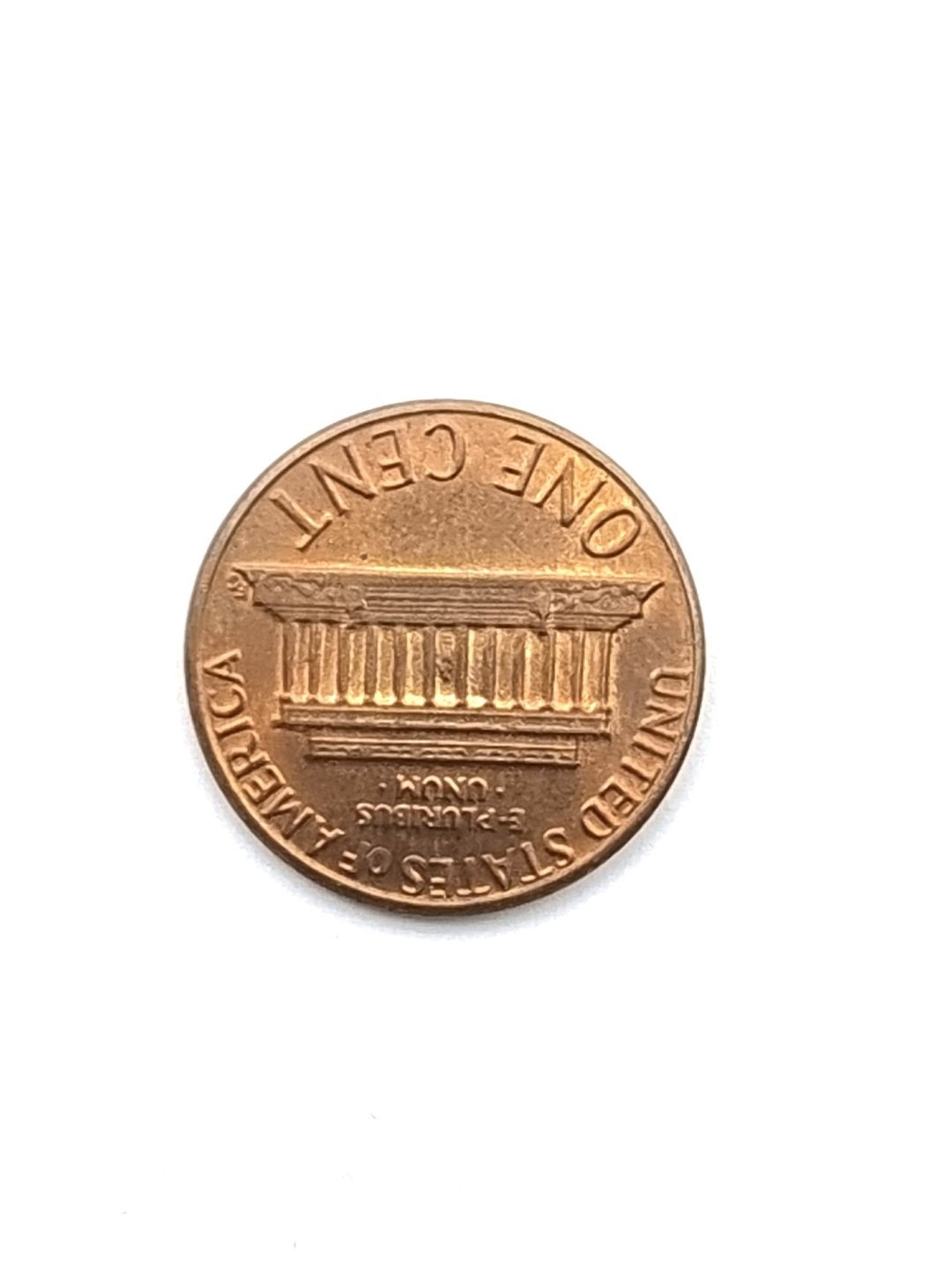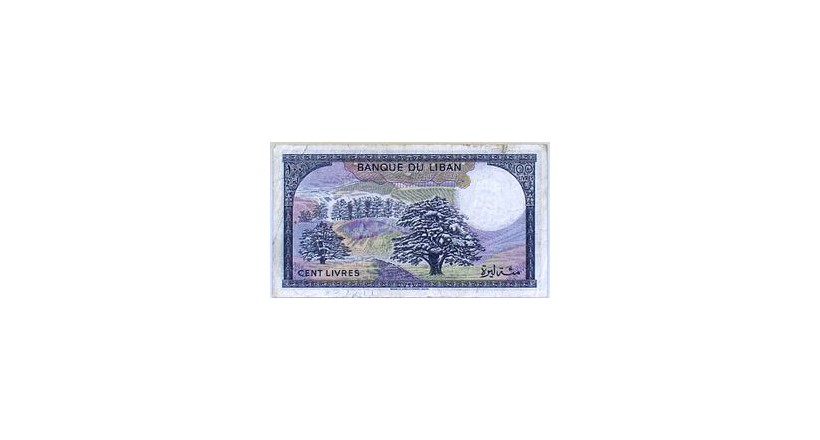The Lebanese pound is the currency unit used in Lebanon .(in English : Lebanese pound ", LBP ) and ( French : Livre Libanaise, LL ). And they collected" pounds "for numbers ending in any number from 3 to 10, otherwise, the addition is" pounds ". The Lebanese pound is divided into a hundred piasters (or a penny collected by piasters or piasters). However, there are no uses for piasters today.
Before the First World War , the Ottoman Lira (and it was called "Al-Athali" or "Al-Asmali") was in circulation in Lebanon. After the collapse of the Ottoman Empire, the Egyptian pound was adopted. Therefore, money in the Lebanese dialect is called "Masary". At the time of the Mandate, France introduced a single currency in Syria and Lebanon and called it the "Syrian Lira", and it was linked to the French franc, so that the value of the lira was equal to 20 francs. It was issued by "Bank of Lebanon and Syria" and in 1924 AD , Lebanon started issuing its own coins and in 1925 AD issued its paper currency. In 1939 , the Lebanese pound separated from her Syrian sister once and for all, but he maintained his relationship with the French franc. After the French were defeated in the beginnings of World War II, the conversion of the lira to the British pound shifted at a rate of 8.8 pounds per pound. The lira's association with the scrub came back after the war. And the Lebanese pound became independent from the franc in 1949 .
The units traded were grits, francs (equal to five piasters), and lira (equal to 100 grits or 20 francs). The mineral classes in circulation were grits (called the blind sprinkler), a piece (two and a half), francs (i.e. 5 piasters), 10 piasters, 25 piasters (called “a quarter”), 50 piasters (called “text”). The metal pound was minted in the 1970s. As for the paper currencies, they were from the denominations of the lira, the five lira (called the five lira), 10, 25, 50, and 100 lira, and later the 250 lire was added since 1978, then the 500 lira and the 1000 lira in 1988, then the 10,000 lira in 1993, and then the 5000 and 20,000 categories were added. 50,000 in 100,000 in 1994.
Since 1983, due to the Lebanese civil war, the Lebanese pound lost a lot of its value in relation to the US dollar and the rest of the currencies. After the Taif Agreement , the lira’s depreciation was curbed and settled at the limits of 1,500 liras to the dollar since 1992 and has remained at this level since that time.





